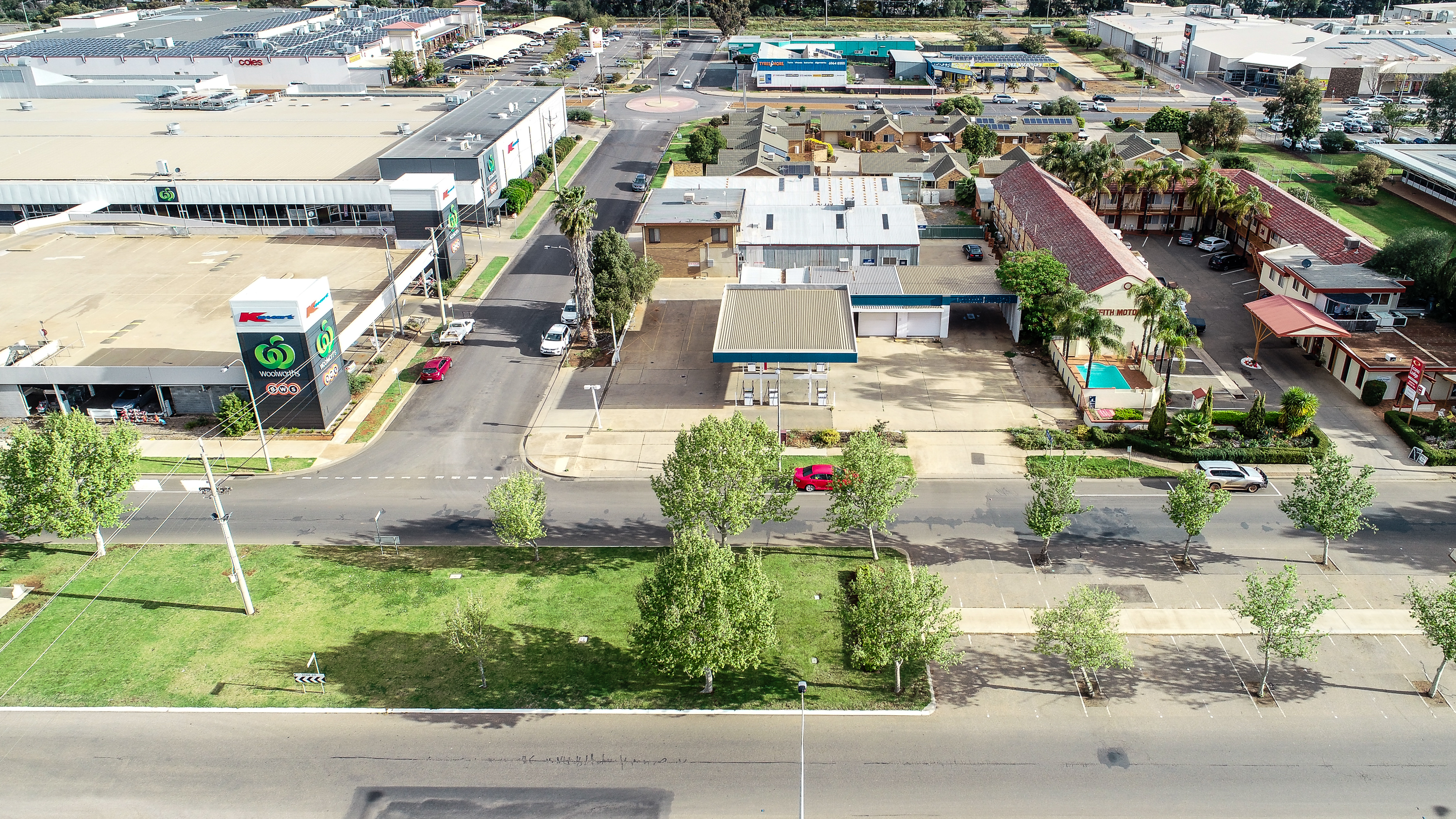5 Things to control for successful property development
Even in the best markets clever developers do not forget the key legal compliance and management strategies that maximise outcomes and minimise risk
If you want to avoid the pitfalls and maximise your commercial positioning you should keep these 5 steps in mind as you go about your projects
It is all too easy to forget the lessons of difficult market conditions in the excitement of a rising property market. Already we are observing the return of practices in site acquisition, borrowing and selling that added considerably to the pressure felt by developers (and vendors to developers) when the GFC hit in 2009.
What do we suggest you keep in mind to avoid these pitfalls, and, more constructively, what can you do to improve your margins and minimise your risk? Keep these 5 issues in mind:
1. Arrange your acquisition structure / joint venture vehicle
- Take early advice from your accountant and lawyer about the type of structure that should take up the ownership of a development site – it may not be possible to change the structure after acquisition without significant stamp duty implications;
- There have been changes to stamp duties regimes in some states that affect the deferral of stamp duty liability and payment on nomination of third party entities – understand these liabilities before you enter into any option agreement and be that the drive to secure a site does not end up costing you significant duty that you have not anticipated;
- The manner of ownership can have implications on the net realisation of a development, and hence the feasibility can be strongly advantaged or heavily reduced; and
- Entry into a Partition Agreement, where a landowner is part of a development, can allow the landowner to take a part of the proceeds as the end product without stamp duty – this may even be an incentive for a landowner to bring his property into a development.
2. Vendors need to understand their risk
- If a landowner is participating in a development and providing his land for a share of the development profit, his land will almost certainly be mortgaged for the development finance;
- What are the implications for the landowner if the developer is unable to complete the development?
- Apart from the prospect of losing the land if the development fails, does the landowner face any guarantees for the development finance or any other personal responsibilities? And
- This is an area that requires very careful advice and landowners should be very cautious about entering into deals based on significant profit forecasts without proper protections and understanding of risks.
3. Understand the GST liability
- In the world of GST not all properties are equal;
- The ability to acquire properties and apply the Margin Scheme can add considerably to the net profit margin of a development – again it is a matter that should be carefully understood and form a part of the development feasibility; and
- Depending on the manner in which a property is acquired, the Margin Scheme may or may not be available to the developer.
4. Complete a Due Diligence
- Before being committed to a binding contract, be sure that you have had the opportunity to ensure a comprehensive
- understanding of legal and technical matters including: service availability (particularly services capacity), planning issues and potential yield under current and possibly new planning instruments, title and easements/restrictions as to user, the market for comparable sales, neighbouring or nearby developments that have been approved or are under preparation, site access and egress, traffic, environmental issues, geotechnical assessments and other site specific matters;
- Engage your consultants in such a way that your financier can rely on their reports and that a consultant’s professional liability for their work is not limited in a legally or commercially unsatisfactory manner; and
- Where possible, have your consultants interact to ensure that there are no gaps in the matters being investigated – their professional cross over is often to a developer’s advantage.
5. Meet your lender’s requirements in your sales
- Prior to agreeing to construction funding, your lender will have pre-sale requirements and your sales program needs to consider these requirements and provide “qualifying sales”;
- Understand the lender’s needs with respect to issues such as: amounts of deposits, investment of deposits, deposit bonds, guarantees for corporate purchasers, multiple sales to the same or related parties, sales to non-residents, construction sunset dates and purchaser rights to rescind; and
- Prepare standard sale contracts, have them approved by your lender and agree the limited rights to vary from the standard contracts in the areas that matter most to your lender.
The business of property development is inherently risky because factors such as market sentiment and approval timings can be outside the control of the developer. The successful developers know what they can control and adopt tailored strategies to minimise their risks.
Source: businessfocus.westpacgroup.com.au

